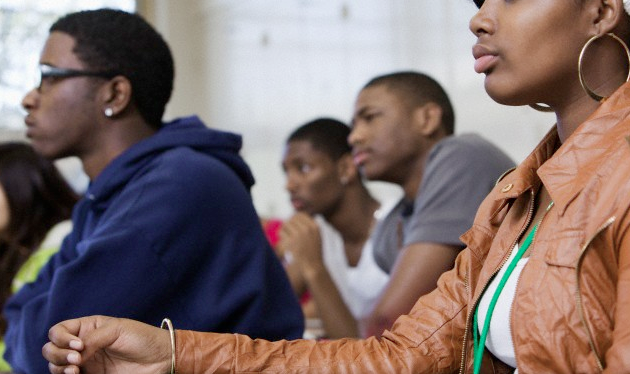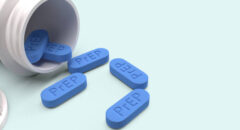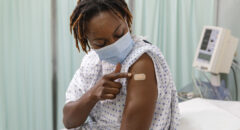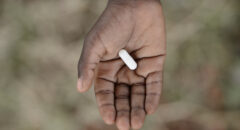 Today’s youth need age-appropriate HIV prevention education provided by parents, schools, the community, and web-based educational programs. They need to be taught early about HIV prevention in a way that they can understand and use. This includes education about risks and skills to help delay sex and prevent HIV infection.
Today’s youth need age-appropriate HIV prevention education provided by parents, schools, the community, and web-based educational programs. They need to be taught early about HIV prevention in a way that they can understand and use. This includes education about risks and skills to help delay sex and prevent HIV infection.
You may ask why is this necessary….Here are a few reasons, and they are profound: one in four (12,000 per year, 1,000 a month) new HIV infections in the United States is among young people between the ages of 13 and 24. More than half of new infections among youth occur in African Americans, that is more new infections than among any other group by race/ethnicity and gender.
Parents, teachers, mentors and community leaders need to have this information to move us to act, to make a concerted effort to provide our nation’s youth with the tools and resources they need to assess their own personal risk, to decrease risky behaviors, to get tested, and protect themselves from HIV infection.
This is one step to help reduce the number of youth who every year are diagnosed with HIV. In a 2012 Vital Signs report behaviors among youth that may put them at risk were reviewed. Factors such as stigma, homophobia, discrimination, less condom use, more alcohol and drug use, and having sex with older partners (who may be more likely to be infected) put young gay and bisexual males at greater risk for HIV infection.
In some communities, including some African-American communities, there are more people living with HIV, which increases the likelihood that someone will be exposed to infection with each sexual encounter. Limited access to sexual health services, lack of HIV awareness, social/economic factors (including poverty), stigma/discrimination, and higher rates of incarceration also are associated with increased HIV risk for African-American communities.
There is so much we can do. Youth need to know they have someone to talk to him or her about sexual health, about disease prevention, and, if needed, where to get an HIV test. Education is the first step to keeping our youth healthy and HIV free. Testing is the first step to getting those with HIV the medical care and treatment they need to improve their health, extend their life, and prevent the spread of HIV to others.
To learn more about HIV, go to www.cdc.gov/actagainstaids. To find a HIV testing resources near you, go to http://hivtest.cdc.gov.







